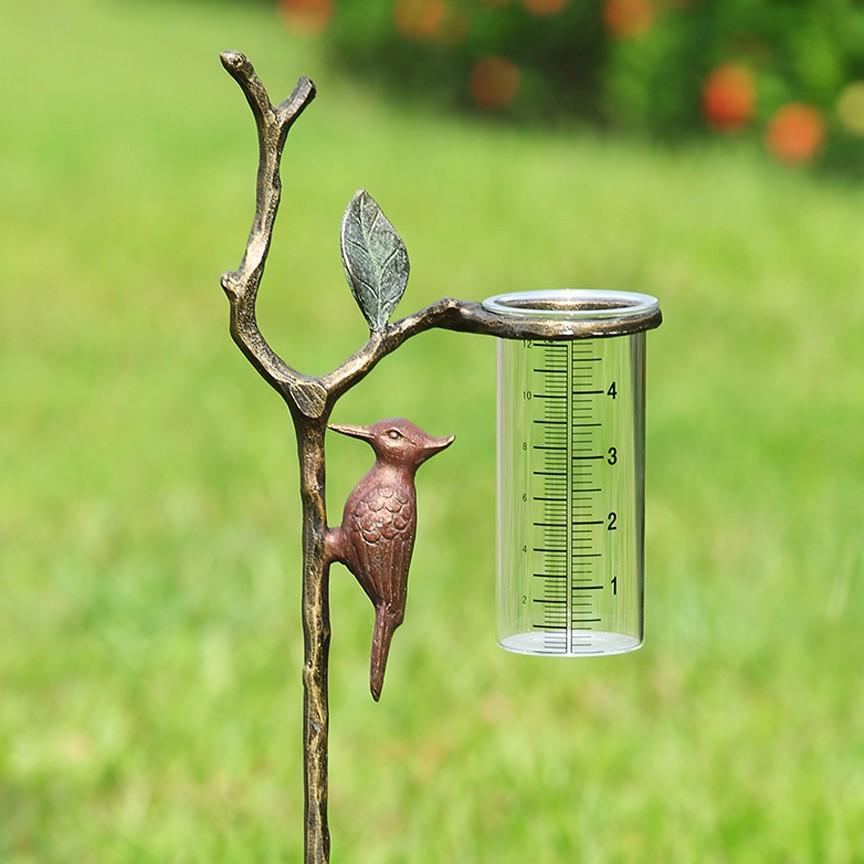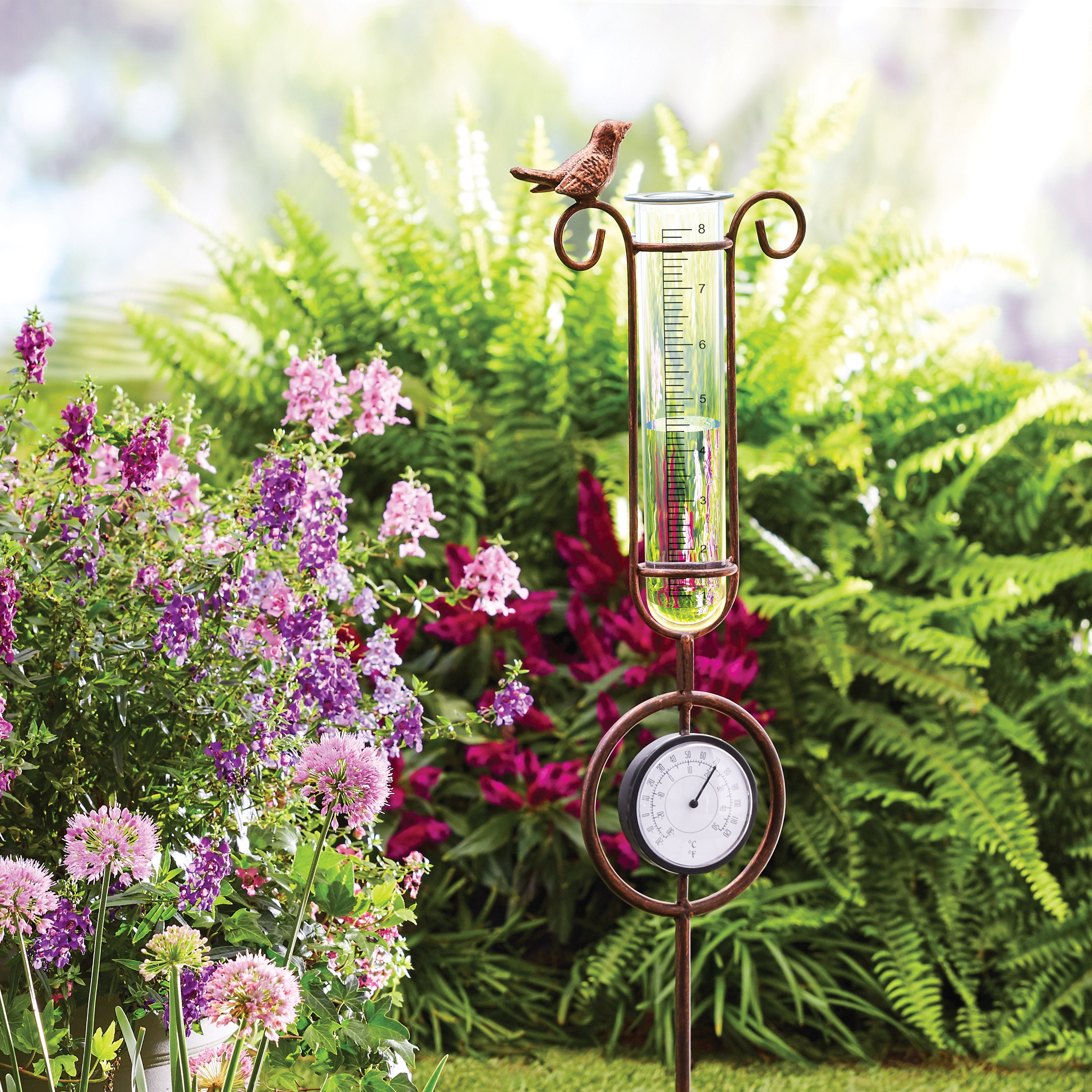The Rain Gauge: A Comprehensive Overview to Accurate Climate Dimension
The Rain Gauge: A Comprehensive Overview to Accurate Climate Dimension
Blog Article
Exactly How to Select the Right Rain Scale for Accurate Rain Information
Exact rainfall information is vital for numerous markets and tasks, such as agriculture, water, and weather forecasting resource management. To acquire dependable dimensions, it is important to pick the best rainfall gauge. This overview aims to offer beneficial understandings right into the option process, allowing you to make informed choices. Considering variables such as location, type, and precision of the rainfall gauge will help ensure precise data collection. Furthermore, understanding the maintenance and calibration treatments will certainly add to the durability and dependability of your rain scale. By complying with these standards, you can make certain precise rains data, enabling much better decision-making and preparation for different applications.
Importance of Picking the Right Rain Scale
The significance of selecting the right rainfall gauge lies in obtaining exact and trusted rainfall data for exact atmospheric analysis. Rain information is vital for a large range of applications, consisting of weather forecasting, hydrological modeling, and environment study. Incorrect or unstable information can result in incorrect verdicts and flawed decision-making procedures.

Second of all, the accuracy and accuracy of the rain gauge are paramount. The scale ought to be able to gauge rainfall with high accuracy, capturing even tiny amounts of rainfall accurately.
In addition, the location and installation of the rainfall gauge are critical considerations. It needs to be put in an open location, far from obstructions that might impact rains measurements. The gauge ought to be placed at a proper elevation and angle to avoid spilling and guarantee proper catchment of rain.
Elements to Consider When Selecting a Rainfall Scale
When choosing a rain gauge, there are numerous key elements to take into consideration. These elements can greatly affect the precision and reliability of the rainfall data gathered. The initial element to take into consideration is the sort of rain gauge. There are different types offered, including common rainfall gauges, tipping bucket rain assesses, and considering rain gauges. Each kind has its own benefits and disadvantages, so it is essential to select one that ideal matches your specific needs and requirements.
One more element to take into consideration is the product of the rainfall scale. Rainfall gauges can be made from various products, such as glass, plastic, or metal. The product picked need to be resistant and durable to weather, ensuring that the rainfall scale will withstand the components and supply exact dimensions gradually.
Accuracy is also an essential factor to take into consideration. Try to find rain gauges that have been adjusted and checked for accuracy. Attributes such as anti-splash rings and funnels can likewise improve the precision of the dimensions.

Lastly, consider the environment and environment in which the rainfall scale will be made use of. Different rain assesses are ideal for different climates, so it is essential to select one that is ideal for the problems in your area.
Different Kinds of Rain Gauges Offered
To better explore the variables to take into consideration when choosing a rain gauge, it is vital to understand the different kinds of rainfall determines available. There are a number of kinds of rainfall determines, each with its very own benefits and disadvantages. The most typical type is the typical rainfall scale, additionally referred to as the round rainfall scale. This type includes a straight-sided round container with a funnel-shaped top. It is straightforward to use and provides accurate measurements of rainfall.
One more type of rain scale is the tipping pail rainfall scale. As the rain falls into the gauge, it loads up one side of the container, causing it to empty the water and tip.
A 3rd sort of rainfall gauge is the weighing rainfall scale. This scale uses an equilibrium system to determine the weight of the accumulated rainfall. As the rainfall falls right into the gauge, it is accumulated in a container linked to an equilibrium. The weight of the water find here is determined, and the rains amount is determined based on the weight. Weighing rain determines are extremely exact but can be extra costly and call for routine upkeep.
Lastly, there are additionally remote rain assesses that usage progressed innovation to measure rainfall (The Rain Gauge). These determines use sensors and transmitters to send information wirelessly to a main device. Remote rain assesses are hassle-free for keeping track of rains in hard-to-reach locations or for large-scale data collection
Just How to Identify the Accuracy of a Rain Scale
One way to evaluate the precision of a rainfall scale is by performing regular calibration dimensions. Calibration includes contrasting the readings of a rain scale to a standard dimension, such as a licensed rain scale or a weather condition station with high accuracy. By learn the facts here now contrasting the measurements, any inconsistencies or inaccuracies in the rain gauge can be identified and accounted for.
To conduct a calibration dimension, begin by gathering rainfall information from both the rain scale and the common dimension gadget over a details amount of time, such as a month. After that, contrast the analyses and compute the distinction in between them. This difference is referred to as the calibration error.
It is very important to keep in mind that calibration measurements ought to be done on a regular basis, as environmental factors, such as particles, wind, and temperature level, can influence the accuracy of the rain scale in time. By performing routine calibrations, any changes in the precision of the rain scale can be found and adjustments can be made as necessary.
Along with calibration, it is additionally advised to clean and keep the rain scale on a regular basis to ensure its precision. Eliminate any particles or obstructions that might affect the precision of the dimensions, and examine for any type of indications of damage or put on that may require repairs or replacement.
Tips for Keeping and Adjusting Your Rain Scale
Regular maintenance and calibration are crucial for ensuring the precision and reliability of your rain scale in measuring rainfall information (The Rain Gauge). By following a few simple suggestions, you can ensure that your rain scale is effectively kept and adjusted
First of all, it is vital to clean your rain gauge on a regular basis to stop any type of particles or dust from obstructing the rainfall collection mechanism. Utilize a light cleaning agent and a soft brush to gently clean up the inside and beyond the gauge. Wash it extensively with tidy water and permit it to completely dry entirely before reinstalling it.
Secondly, my latest blog post it is suggested to adjust your rainfall gauge at the very least when a year. Calibration includes contrasting the dimensions of your rainfall scale with those of a relied on and exact recommendation scale. This will certainly assist you recognize and deal with any kind of possible mistakes in your rainfall scale's dimensions.
To calibrate your rain gauge, collect a known quantity of water using a measuring container and compare it with the dimensions recorded by your rainfall scale. Readjust the analyses as necessary to make certain precision.

Conclusion
In final thought, selecting the best rainfall scale is essential for acquiring exact rains data. Aspects such as purpose, budget, and location must be taken into consideration when picking a rainfall scale.
There are different kinds readily available, consisting of standard rain determines, tipping bucket rainfall gauges, and evaluating rainfall evaluates.To better discover the factors to think about when selecting a rainfall gauge, it is crucial to understand the various types of rain determines readily available. The most typical kind is the standard rainfall scale, additionally known as the round rain scale.An additional type of rainfall scale is the tipping pail rainfall gauge. Calibration involves contrasting the readings of a rainfall gauge to a standard measurement, such as a qualified rainfall gauge or a weather terminal with high precision.
Report this page